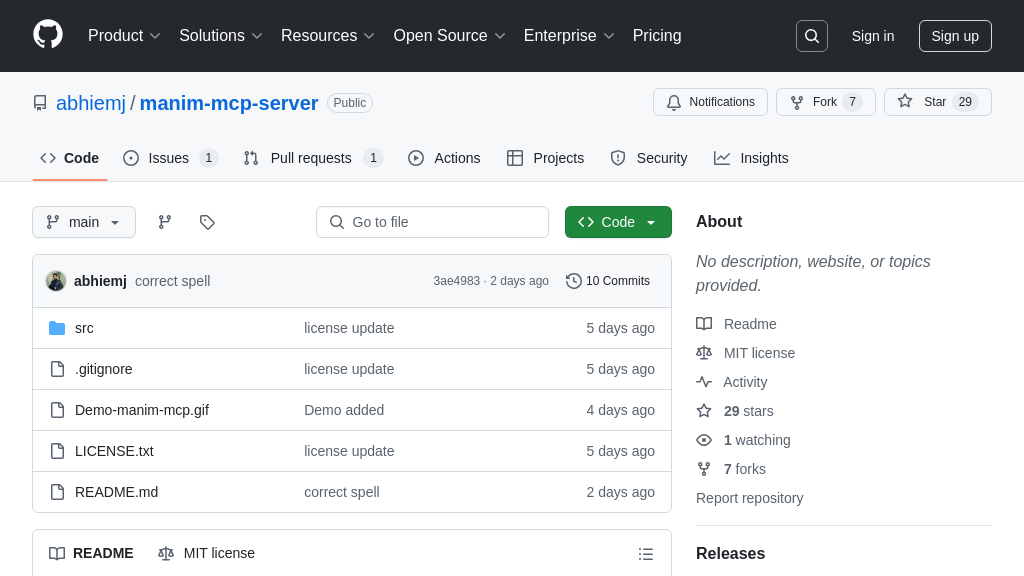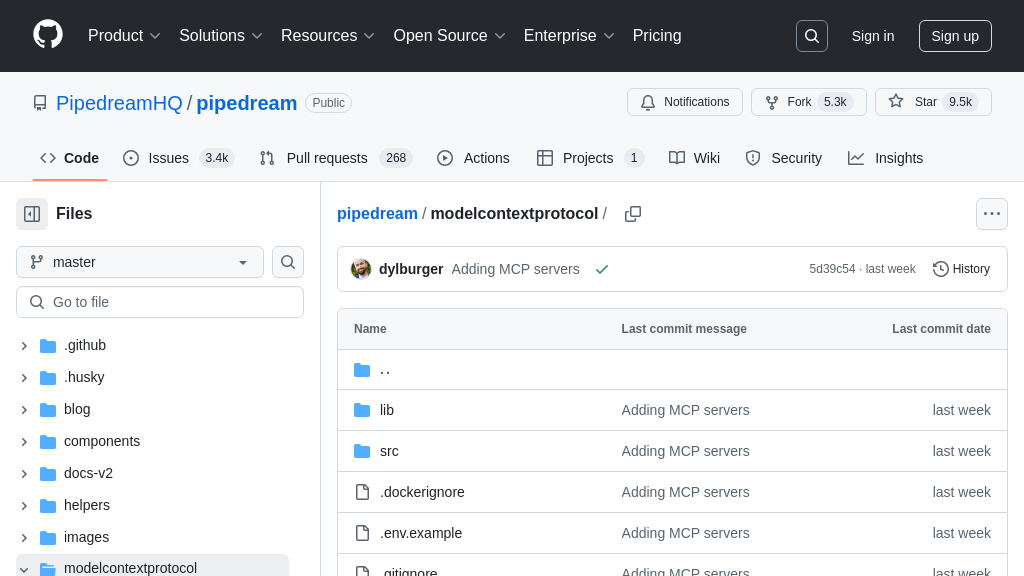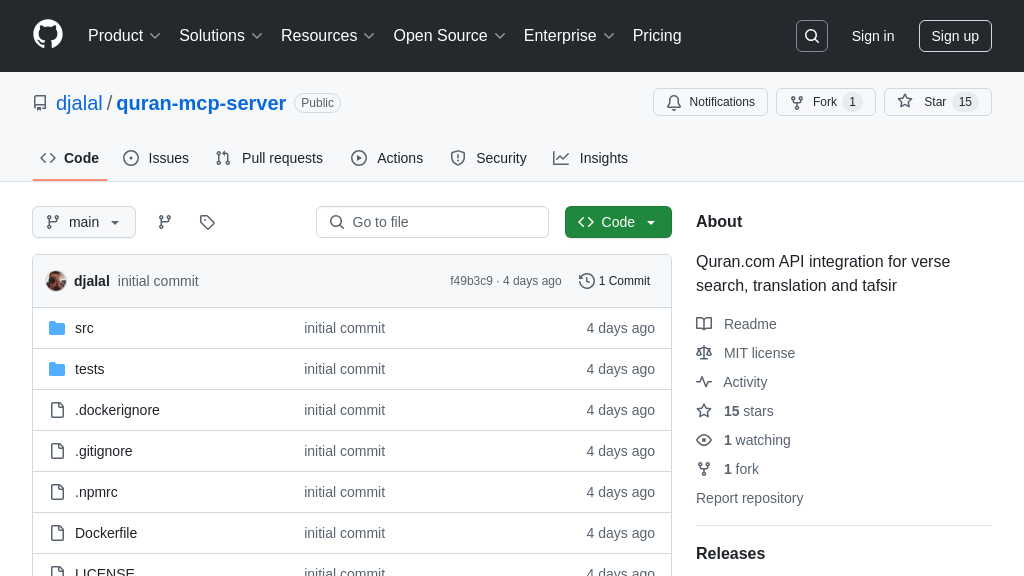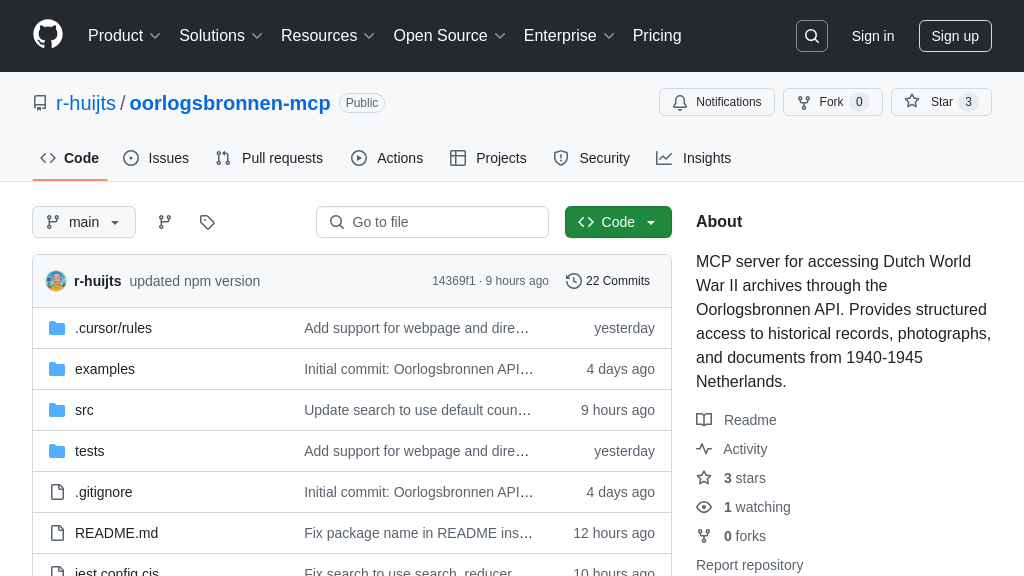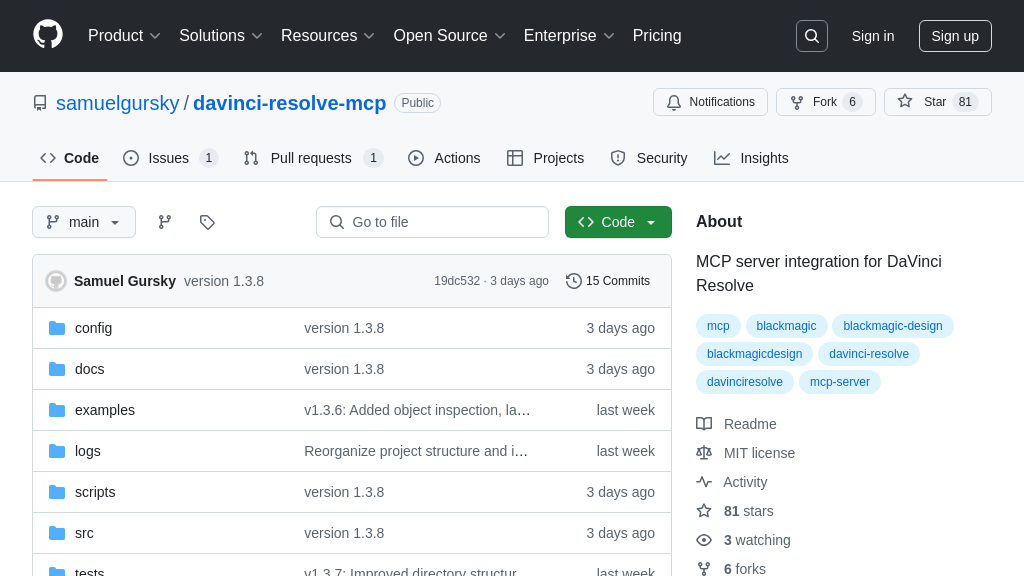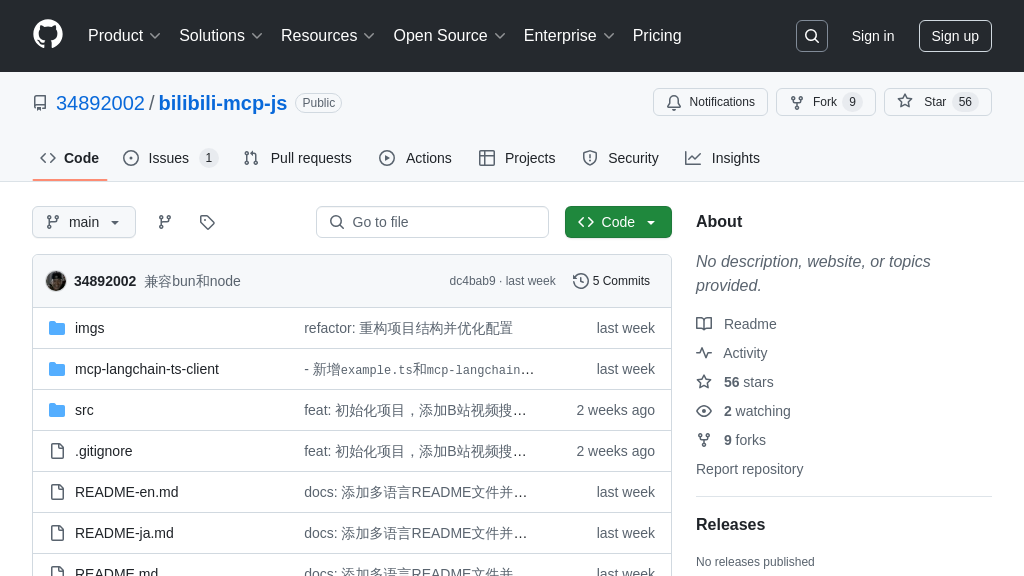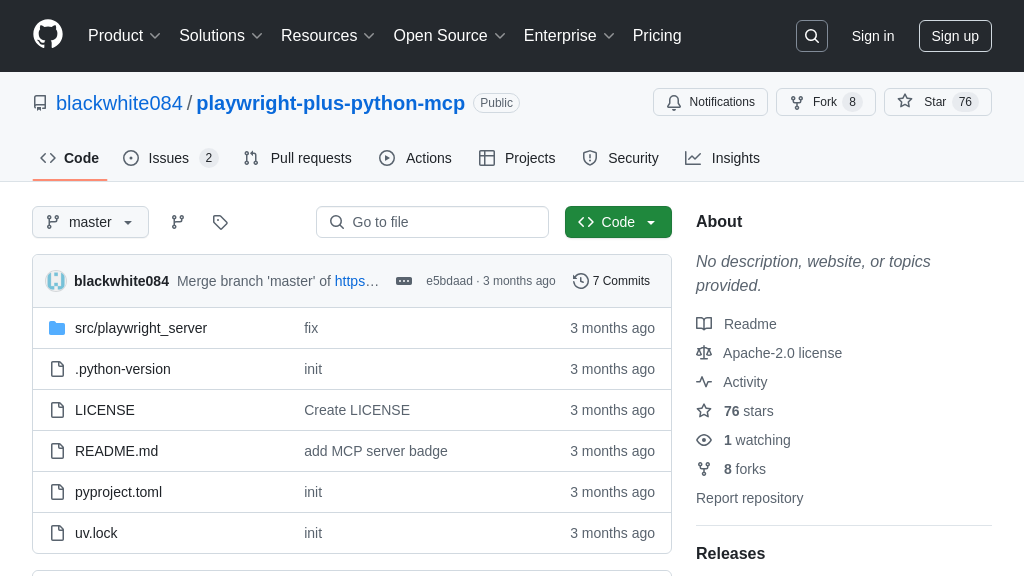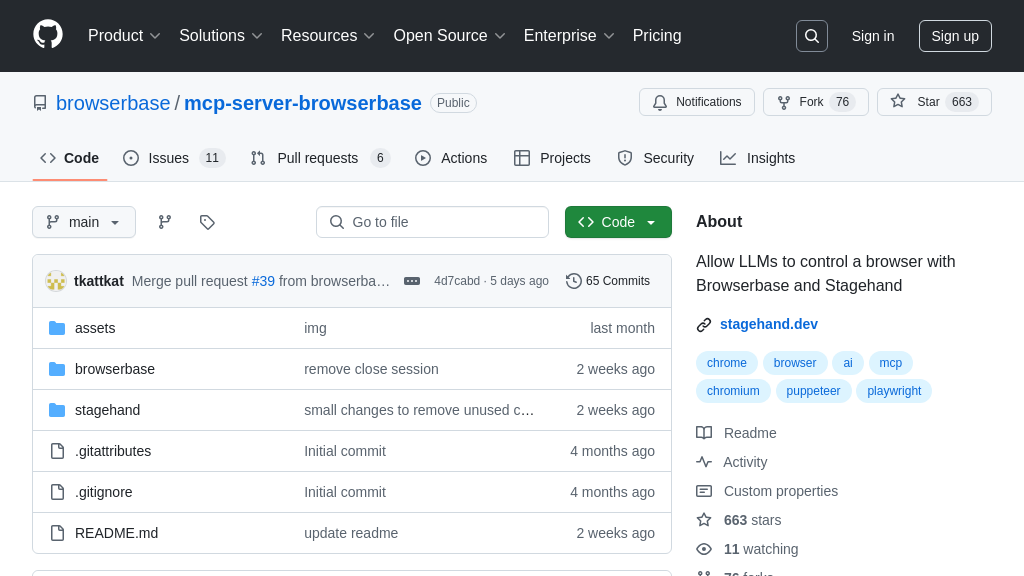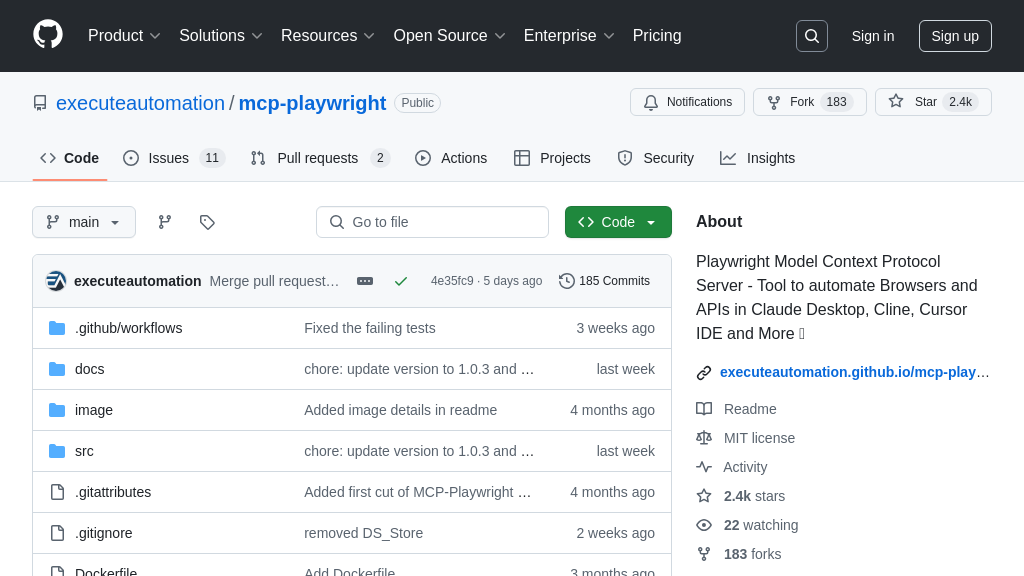wcgw
wcgw client component for MCP server interaction. Facilitates AI model integration.
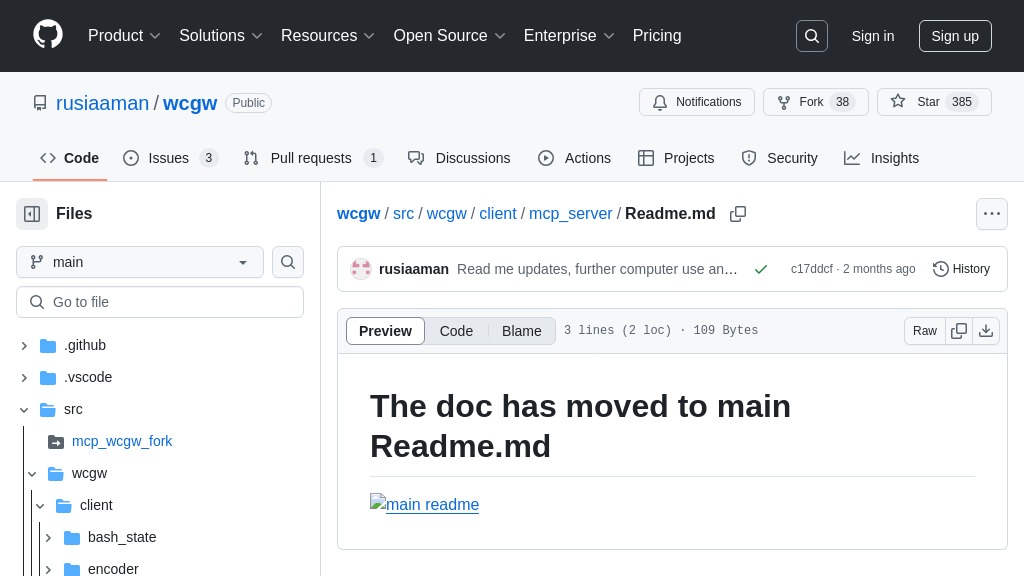
wcgw Solution Overview
wcgw is an MCP Server component designed to facilitate communication between AI models and external resources. Acting as an intermediary, it enables AI models to securely access and utilize external data and services. While specific functionalities are detailed in the main Readme.md file, wcgw likely handles request routing, data transformation, and security protocols within the MCP ecosystem. Developers can leverage wcgw to streamline the integration of AI models with diverse data sources, reducing the complexity of building custom connectors. By abstracting away the underlying communication mechanisms, wcgw allows developers to focus on the core logic of their AI applications. The server likely utilizes standard input/output or HTTP/SSE for data transmission, ensuring compatibility with various client implementations. Its core value lies in simplifying AI model deployment and enhancing their ability to interact with the external world.
wcgw Key Capabilities
MCP Server Abstraction
The wcgw client provides an abstraction layer for interacting with MCP servers. This abstraction simplifies the process of sending requests to and receiving responses from MCP servers, regardless of the underlying transport mechanism (e.g., standard input/output, HTTP/SSE). It handles the complexities of establishing connections, formatting requests according to the MCP specification, and parsing responses. This allows developers to focus on the core logic of their AI model integration rather than the low-level details of network communication.
For example, a developer might use the wcgw client to connect an AI model to a data retrieval service exposed through an MCP server. The client would handle the authentication, request formatting, and response parsing, allowing the AI model to seamlessly access the required data. This abstraction reduces boilerplate code and improves the maintainability of the AI model integration. The technical implementation likely involves classes and functions that encapsulate the network communication logic and provide a high-level API for interacting with MCP servers.
Simplified Client Integration
The wcgw client streamlines the integration of AI models with the MCP ecosystem. By providing a consistent and easy-to-use interface, it reduces the learning curve for developers who are new to MCP. The client handles the necessary protocol conversions and data serialization, allowing developers to interact with MCP servers using familiar programming paradigms. This simplified integration process accelerates the development cycle and reduces the risk of errors.
Consider a scenario where a data scientist wants to integrate a newly trained AI model with an existing MCP-enabled application. The wcgw client would provide a simple API for sending data to the AI model and receiving predictions. The data scientist would not need to worry about the underlying communication protocols or data formats, allowing them to focus on the performance and accuracy of the AI model. The technical implementation likely involves libraries and tools that automate the process of generating client code from MCP specifications.
Docker-Related Code Removal
A key aspect of wcgw's evolution is the removal of Docker-related code. This suggests a shift towards a more lightweight and flexible deployment strategy. By decoupling the client from Docker, wcgw can be more easily integrated into a wider range of environments, including those where Docker is not available or desirable. This increases the portability and adaptability of the client, making it a more versatile tool for AI model integration.
This change could be beneficial in scenarios where AI models need to be deployed on resource-constrained devices or in environments with strict security requirements. By eliminating the overhead associated with Docker, wcgw can improve performance and reduce the attack surface. The technical implementation likely involves refactoring the code to remove dependencies on Docker-specific libraries and tools.
